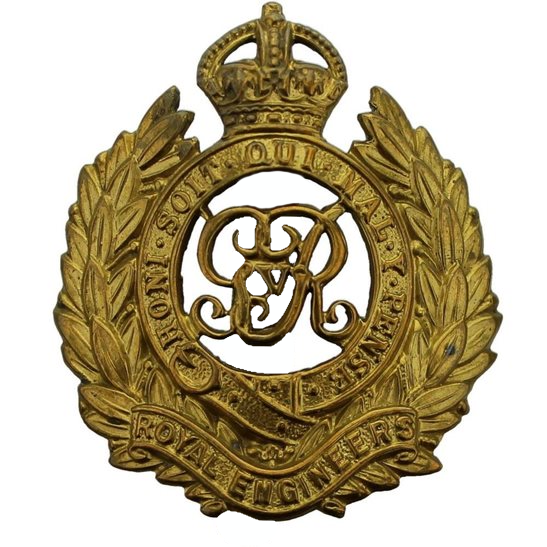Personal Details
Born: 12 December 1885 in Whitchurch, Shropshire.
Family: The first child of Joseph Cliff, a general labourer, and his wife Mary Ann Cliff. He married Alice Williams on the 3 February 1911 and together they had one child John born 12 July 1923.
Residence: In 1891 the family were living in Heath Lane, Whitchurch, Shropshire. By 1901 John had left home and was boarding on a farm in Alkington, Whitchurch and in 1911 boarding at 14 Park Road, Whitchurch. After he married, he was living at Edgeley Cottages, Edgeley, Whitchurch. In 1939 he was the landlord of the Star Public House in Watergate Street, Whitchurch. At the time of his death in 1966 he was living at 67 Sharps Drive, Whitchurch.
Occupation: At the age of 17 John was working as a waggoner. In 1939 he was the landlord of the Star Public House.
Died: 21 August 1966 in Whitchurch, aged 81.
Military Details
Regiment: Royal Engineers (previously Monmouthshire Regiment)
Rank: Sapper
Service Number: 360120 (previously 4213 and 266580)
Date of Enlistment: 10 December 1915
Date of Discharge: 27 September 1919
Reason for Discharge: Demobilisation
John was awarded the Campaign Medals (British War Medal and Victory Medal).

The British War Medal (also known as 'Squeak') was a silver or bronze medal awarded to officers and men of the British and Imperial Forces who either entered a theatre of war or entered service overseas between 5th August 1914 and 11th November 1918 inclusive. This was later extended to services in Russia, Siberia and some other areas in 1919 and 1920. Approximately 6.5 million British War Medals were issued. Approximately 6.4 million of these were the silver versions of this medal. Around 110,000 of a bronze version were issued mainly to Chinese, Maltese and Indian Labour Corps. The front (obv or obverse) of the medal depicts the head of George V. The recipient's service number, rank, name and unit was impressed on the rim.
The Allied Victory Medal (also known as 'Wilfred') was issued by each of the allies. It was decided that each of the allies should each issue their own bronze victory medal with a similar design, similar equivalent wording and identical ribbon. The British medal was designed by W. McMillan. The front depicts a winged classical figure representing victory. Approximately 5.7 million victory medals were issued. Interestingly, eligibility for this medal was more restrictive and not everyone who received the British War Medal ('Squeak') also received the Victory Medal ('Wilfred'). However, in general, all recipients of 'Wilfred' also received 'Squeak' and all recipients of The 1914 Star or The 1914/1915 Star (also known as 'Pip') also received both 'Squeak' and 'Wilfred'. The recipient's service number, rank, name and unit was impressed on the rim.

